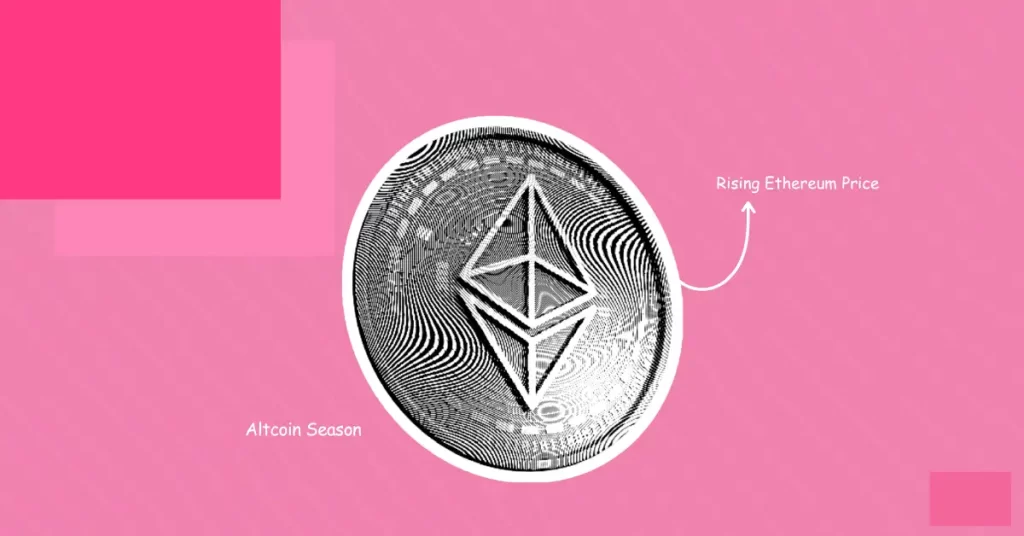How the Exclusion of Staking from Ethereum ETFs Could Enhance Resilience?

The post How the Exclusion of Staking from Ethereum ETFs Could Enhance Resilience? appeared first on Coinpedia Fintech News
The SEC’s green light for Ethereum spot ETFs has been a big win for the crypto space, but the exclusion of staking from these ETFs could inadvertently benefit direct stakers and make Ethereum more resilient.
The move presents both cause for excitement and strategic benefits within the Ethereum ecosystem; crypto journalist Laura Shin, who hosts the Unchained podcast, noted further on this:
Boost for Direct Stakers
One of the main implications of excluding staking from ETH ETFs is that direct stakers could benefit from higher returns. The staking rewards, around 3% APY, would not be available to holders of the ETFs.
Instead, the rewards will be for people who stake their ETH directly or use staking services like Lido or Rocket Pool. This amounts to a value transfer, benefiting those who stake and enhancing their returns at the expense of the non-stakers.
In Laura Shin’s words, “This value transfer benefits those who engage in staking, enhancing their returns at the expense of non-stakers.“
Addressing High Staking Ratios
Another benefit of excluding staking from ETFs is that it can help address Ethereum’s high staking ratio problems. A too-high staking ratio can raise centralization and liquidity risks that could otherwise affect the network.
By not including staking, these ETFs lock up ETH liquidity without adding to the staking contracts, which helps promote a healthier network balance. This move is viewed as one way to help maintain a better balance in the staked ETH to non-staked ETH ratio, putting community fears of too much staking to rest.
Regulatory Clarity and Market Dynamics
This cautious approach by the SEC to first exclude staking from ETH ETFs fits the premise of simplifying the process before moving on to more complex issues.
On the Unchained podcast, Matt Hougan, CIO of Bitwise, explained, “The first shot on goal will be let’s get to 90%, which is without staking, and then let’s worry about the complications later and down the road.” This is a conservative approach to ensure both regulatory compliance and market stability.
Institutional Adoption and Market Impact
ETH spot ETF approvals would likely bring substantial inflows from institutions, which, based on the estimate, could go from $15 billion to $45 billion in the first 12 months. This kind of capital inflow could help increase the liquidity and stability of the Ethereum market.
Standard Chartered analyst Geoffrey Kendrick highlighted that this approval indicates that ETH and similar cryptocurrencies might not be considered securities, paving the way for further ETF approvals.
He said, “The crypto industry now seems to have political backing on both sides of the aisle,” which shows how much support digital assets have now garnered.
Future Prospects for Altcoins
This would set a precedent for other altcoins, such as XRP and Solana, which await ETF approval. Crypto analyst Nick showed that several catalysts for XRP exist, such as tokenization, the potential IPO of Ripple, and the growing adoption of XRPL.
He pointed out that since ETH ETFs are approved, this could lead to similar developments for XRP: “The pressure is building. I am only watching what the BTC pair is doing now.

